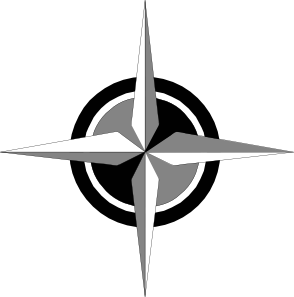Section A: Purpose
A-1 Independence
Give practice in independence and self-reliance by placing students in an environment where they must take care of themselves and each other.
Teams are unlikely to catch more than fleeting glimpses of other teams during the course of their day. Teams are on their own for several hours at a time, frequently moving through difficult terrain. Anything that happens they must deal with using only their own resources. (But see section on safety.)
A-2 Planning
Teach planning, personnel management and delegation by creating situations that are too complicated to handle off the cuff and without assistance.
While structured, there is room for captains to make decisions, and room for creative solutions. The program is deliberately made too complex for a single person to manage a team easily: delegation is necessary for a team to do well.
A-3 Decision Making
Model in miniature the types of decisions that leaders must make in terms of choosing strategies, coping with sudden change.
Plans have to be made, often taking into account what other captains are planning. Changes have to be made on the basis of new information or performance. Decisions must take into account the team’s current abilities and motivation. Many of the decisions have a numerical component in terms of calculating time and distance. E.g., the creek turns out to be snowshoe hell. It’s a kilometre by creek, forward, or half a kilometre back, then 3 kilometres of trail, or we can get to the trail directly with 300 yards of dogwood thicket, and only have 2 km. of trail. But also there is the psychological downer of turning around. And the issue of admitting that a mistake was made.
A-4 Teamwork
Create situations where a great deal more teamwork is required than in a typical hiking, skiing or snowshoeing outing or race, where being a valuable team member means more than just being a good and cheerful participant.
This program puts value on team members who are good at finding alternative routes, at breaking trail, and seeing acutely, and at remembering where they’ve been. There are frequent locations where the best strategy is to split up, either to avoid a bottleneck, or to work a search.
A-5 Navigation
Teach the use of map and compass and wilderness travel where it is not just used occasionally, but is used constantly hour after hour.
This has hidden lessons in keeping track of time, speed and distance, mental arithmetic. It also means that the team can’t “blur out”: some of them at least have to pay attention to their route.
A-6 Endurance & Fortitude
Do all of the above even at the end of a long day when tired and grumpy.
It is one thing to be alert, on the bounce and cheerful when well rested at the start of a day. It’s more taxing to do this at the end of a long day. Days are deliberately long and exhausting. "... grant us also to know that it is not the beginning but the continuing of the same until it be thoroughly finished, which yieldeth the true glory..."
